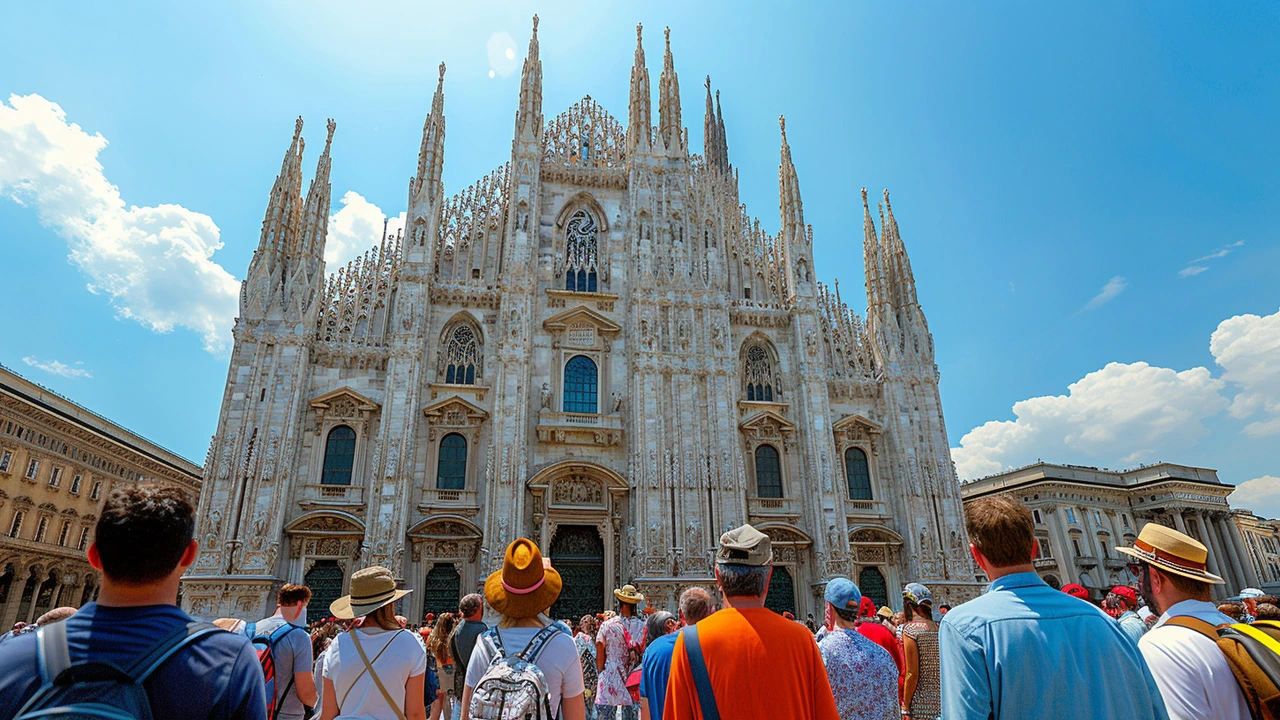In this post, I take you on a captivating journey into the past, exploring the rich and intricate world of Gothic Revival Architecture. We will dive into the origins of this artistic and architectural movement that left a lasting footprint in the 19th century. Unravelling the monumental structures, their ornate designs, and understanding the reasons behind the resurrection of Gothic styles, you'll gain a deeper appreciation for these grand pieces of our historical tapestry. It's quite the visual treat and intellectual adventure, so stay tuned!
19th Century Structures: Styles, Clues, and Where to Find Them
Want to recognize a building from the 1800s on sight? The 19th century packed more architectural styles into one hundred years than many other eras. From Greek Revival porches to Beaux-Arts city palaces, these structures still shape town centers and streetscapes today.
Key styles include Greek Revival with its strong columns and simple pediments, Gothic Revival’s pointed arches and steep roofs, Victorian-era variety (think ornate trim and bay windows), Renaissance Revival’s classical balance, and Beaux-Arts’ grand, carved facades. Colonial and Georgian themes carried into the century too, often mixed with newer details.
So what clues tell you a building’s 19th-century? Look for heavy symmetry, tall sash windows, cast-iron storefronts, ornate cornices, mansard roofs, decorative brackets, and stone or brickwork with hand-carved detail. Public buildings often have columns, grand staircases, and sculptural reliefs. Rowhouses and tenements show repeating patterns and narrow lots.
The century also changed how buildings were made. Iron and later steel allowed bigger spans and taller facades. Large glass panes and plate glass storefronts show up in commercial districts. Prefabricated cast-iron elements meant fast ornament on facades. These tech shifts left distinct marks you can spot even from the sidewalk.
Spotting 19th-century buildings in your city
Start a short walking route: visit the old train station, courthouse, main post office, and any riverfront warehouses. Those places often display the era’s best work. Take photos of cornices, window hoods, door surrounds, and rooflines. Compare details to styles: Corinthian columns point to classical influence; pointed tracery hints at Gothic Revival. Bring a notebook — noticing patterns helps you read a whole block, not just one house.
If you plan a longer trip, look for city halls or banks from the late 1800s. They often hosted Beaux-Arts grandeur and showcase the craftsmanship of stone carving and metalwork that defined civic pride then.
Preserve and learn
Thinking of restoring a 19th-century property? Keep proportions and original openings. Repair historic masonry and wood when possible; match mortar color and joint width. Replace missing decorative pieces with accurate reproductions rather than modern simplifications. Consult local preservation guidelines — small fixes can keep character intact and boost property value.
Want more examples and practical notes? Check our posts on Beaux-Arts, Greek Revival, Renaissance Revival, and Colonial architecture for photo cues, histories, and renovation tips. Pick one style, take a street-level tour, and you’ll start spotting 19th-century details everywhere you go.
Notable city examples: New York's cast-iron districts and brownstones, Paris's Haussmann boulevards with Beaux-Arts facades, Boston's rowhouses and Greek Revival churches, and small towns with Victorian Main Streets. When you travel, ask local museums or historical societies for guided walks; those groups point out hidden details and original maps.
If you want hands-on learning, join a preservation workshop or volunteer on a restoration project. You’ll learn to read old construction marks, patch plaster, and identify period hardware. Those skills make it easier to keep a 19th-century building honest while making it livable for today.
Explore our tag posts, save photos, and start noticing how 19th-century design still shapes daily life around you right now.

